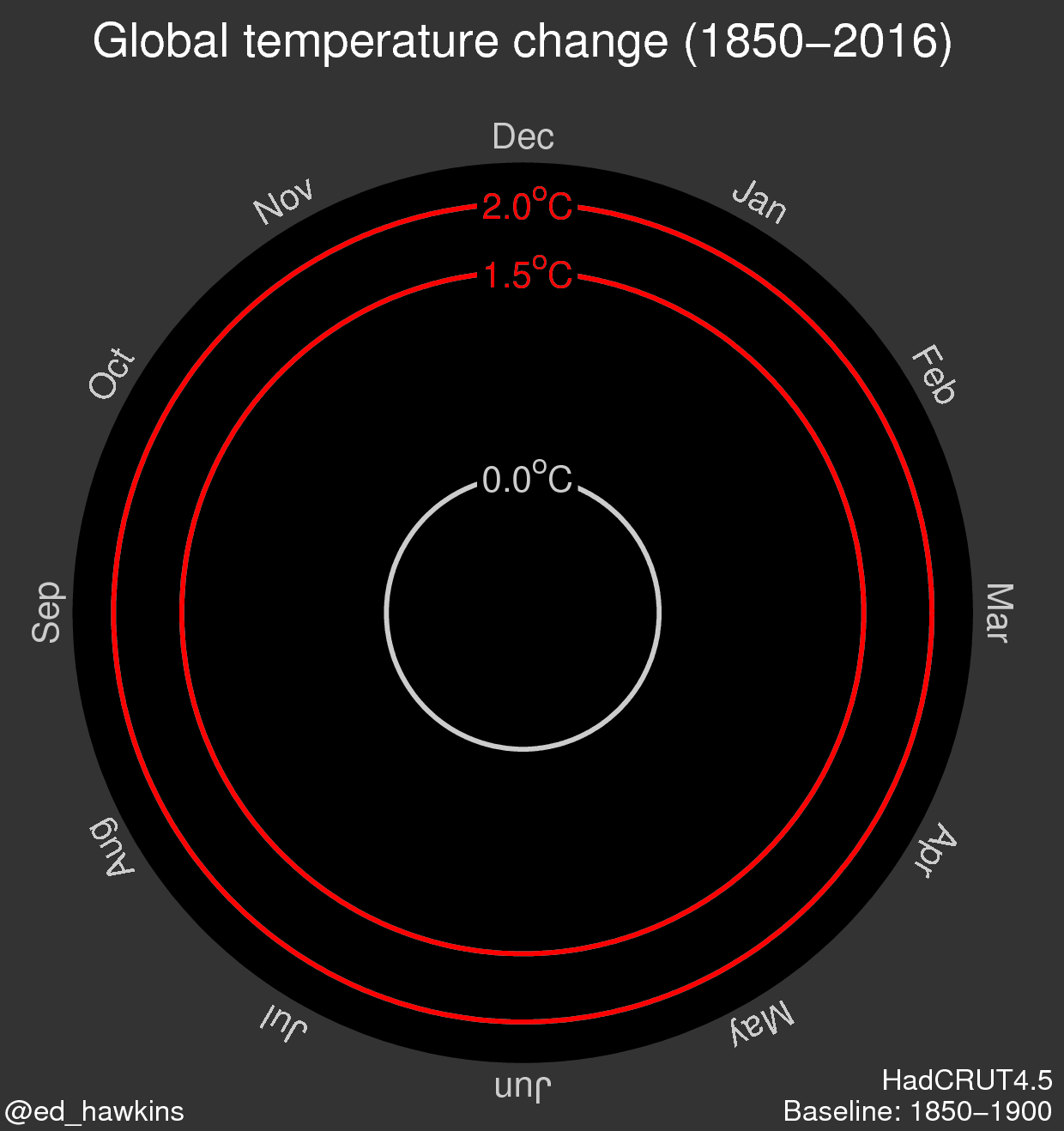The ugly end of decarbonisation is being yanked in different directions by political messaging, in both the US and Australia
 |
| As renewable energy and gas become cheaper in the US, Trump is promising a shining, coal-powered future. Photograph: Bloomberg/Bloomberg via Getty Images |
Renewable energy has broad bipartisan support. The shutdown of coal is a different story. There are no popular solutions for the ugly end of climate action. Can we thread a needle through the ever-shifting ethical challenges of surgically removing a technology that still forms a major part of our society?
The recent shutdown of the Hazelwood coal-fired power station isn't Australia's first coal closure, but the event activated the denial of coal's inevitable demise in those tasked with forward thinking. This pattern of denial is a haunting forecast of what we'll see when the closure of coal intensifies in Australia.
Coal's destiny isn't a secret. The European Union has pledged no new coal plants after 2020. China and India have seen a pointed decline in coal growth. The UK's last lump of coal will glow red in 2025. Though the International Energy Agency forecasts many more decades of coal, primarily in Asia, that's a testament to the strength of incumbency than any long-term viability.
Hazelwood's French owner, Engie, is "making climate a priority" – so much so that Hazelwood's closure was announced with only a few months' notice. It was Australia's oldest, dirtiest, most inefficient and expensive power station. It felt sudden, but that's because we have not been paying attention.
On the day of Hazelwood's closure, painted signs were hung alongside rows of helmets scrawled with messages of support, sentimentality and anger. "GOD HATES GREENIES", "FUCK THE GREENIES" and "SHUT DOWN BY GREENS + LABOR" all popped up in my Twitter feed on that day, alongside demands for the power station to be kept open.
Former prime minister Tony Abbott urged the government to intervene to meet these demands. The philosophy of government refusing to meddle in free energy markets was forgotten in the face of fewer fossil-fuelled electrons hurtling through the grid. The plea was rejected by the prime minister, but within days Malcolm Turnbull was blaming the closure of the power station on Victoria's Labor premier, Daniel Andrews, despite Hazelwood having been privatised under the Kennett government in the late 90s, before Engie's economic decision.
For the Labor party, there's no easy way to contextualise the deactivation of this historic, coal-powered machine within the frames of workers' rights and environmental protection. Celebrating the removal of such a profoundly significant source of emissions seems somewhat callous in the context of 750 humans being left without jobs in a town heavily dependent on the power station and coalmine.
Conversely, focusing solely on employment seems narrow and shortsighted, like odd disregard for the rest of us, breathing the same air and relying on the same atmospheric system. Hazelwood's contribution to total emissions was far greater than its contribution to generation of electrical power, but most discourse focused on the stability of the grid rather than emissions reductions.
Total facility-type electricity sector emissions and generation data from the National Greenhouse and Energy Reporting (NGER) database
The nuances and contradictions of coal closure don't fit neatly into any party's over-arching narrative. Nevertheless, the Greens initiated a Senate inquiry into the closure of coal-fired power stations, with the aim of investigating how a transition away from coal might be managed.
Even that exercise was split into ideological shards – the Greens (normally accused of runaway fanaticism) produced a level-headed final report, while Labor and the Liberal party produced dissenting reports that fractured any hope of a potential tripartisan pathway. Resounding retreat was the outcome.
For a horrible glimpse into a dark potential future for Australia, you need only glance at US president Donald Trump's views on coal-fired power, and the cruel system of false hope he's using to draw votes in US towns reliant on fossil fuels for employment.
As renewable energy and gas become cheaper in the US, Trump paints himself as the saviour of communities due to be hit hardest, promising a shining coal-powered future. The magnitude of this fantasy is not to be underestimated. Even the founder and chief executive of the largest privately held coal-mining firm in the US told Trump to tone it down, as Trump raised his executive pen to a slew of environmental regulations. It's the hulking momentum of the free market in the US that is shrinking demand for carbon-intensive fuels. Trump's promises go beyond lies. They are irresponsible, and they condemn thousands to a treacherous future.
Long-term plans to deal with the challenges of American coal decline are seen as political suicide in regions relying on the extraction and burning of a substance that has become politically, socially, economically and environmentally unviable.
Political flight, instead of political fight, isn't a uniquely Australian phenomenon. The major parties in Australia are yet to turn the echoes of a plan into reality, and so we're left vaguely toying with the immature fantasies of Trump.
We can't continue with a weather-beaten mess of policy that is being yanked daily in different directions by the minuscule attention span of political messaging. There is really only one way out of this: ditch the denials, accept reality, and make a serious plan for the inevitable demise of coal.
Links
- Hard facts unmask the fiction behind Coalition's 'coal comeback'
- Gloom in the valley as Hazelwood fades to black
- Senate coal inquiry's split result blamed on 'squabbling' parties
- Mood black as community rakes over Hume Coal's mine plan
- Great Australian Bight: taxpayers would have to subsidise oil spill clean-ups, Chevron says











